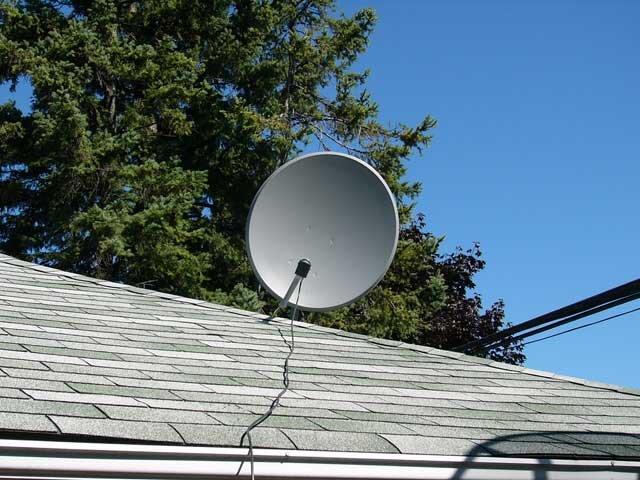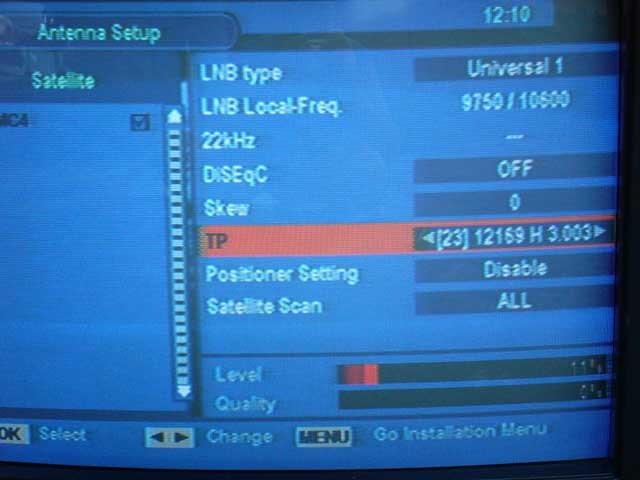I can't say I have much experience BUT lets start with some basics that I can now get.
To get a transponder on a give satellite you need.
#1 To have the dish pointed at that satellite. Use a compass and sat list to ensure.
#2 Have the correct LNB. Standard/Univ/DTV & Dish. KU or C
#3 LNB skew(twist) set.
#4 LO freq set
#5 Freq set
#6 Volt/Polarity set
#7 For motorized dish or ones that point at more than one sat you need to set the dish skew (twist). The plumb pole idea for most others.
Note: Newer recievers have smart scans and setting so you don't need to set all this stuff. Just select the sat you are pointing at.
idea #1
IF you have an 18" dish and DTV/dish LNB then try to get say Dish 119.
Use the following settings
http://www.lyngsat.com/echo7.html. If you have access to a Dish receiver use it to point the dish then connect to your FTA receiver. Heck you can use a friends dish if they let you.
Try the NASA chan on 213, TP 6, freq 12,297,000, SR 20,000, volt 18 or L(?), LO freq 11250
Why do this? It will tell you your receiver is working.
idea # 2
There is a Java program,
http://www.arachnoid.com/satfinder/, that finds cords for sats. Of course you need java to run it. A printout can be obtained by using cut/paste and notepad/wordpad. This printout, along with a good compass, will insure you are on the right sat. Also check your LNB skew(twis)
Good luck!
If I am wrong or unclear on any of this stuff please correct me.
Thanks
slimmswitch said:
Hey guys and I'm running out of things to blame...
This is gotta be the dumbest question I've ever asked , is there a possibilty it could be my actual plate? I've even tried pointing it to 119 - 110 and i got no sign of quality..
hahaha.. I never had any problems with the 18"..hahaha




